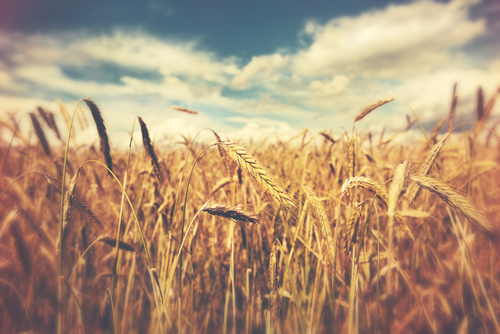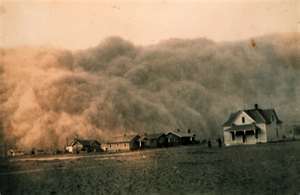The world has only about 10 weeks of wheat supplies left in storage amid the conflict in Ukraine and as India has moved to bar exports of wheat in recent weeks, a food insecurity expert says.
Sara Menker, the CEO of agriculture analytics firm Gro Intelligence, told the United Nations Security Council on May 19 that the Russia–Ukraine war “simply added fuel to a fire that was long burning,” saying that it is not the primary cause of the wheat shortage. Ukraine and Russia both produce close to about a third of the world’s wheat.
“I want to start by explicitly saying that the Russia–Ukraine war did not start the food security crisis. It simply added fuel to a fire that was long burning. A crisis we detected tremors from long before the COVID 19 pandemic exposed the fragility of our supply chains,” Menker said, according to a transcript.
“I share this because we believe it’s important for you all to understand that even if the war were to end tomorrow, our food security problem isn’t going away anytime soon without concerted action.”
In providing data, Menker said that due to price increases in major crops this year, it’s made another 400 million worldwide “food insecure,” adding that with wheat, the world “currently only [has] 10 weeks of global consumption sitting in inventory around the world.
“Conditions today are worse than those experienced in 2007 and 2008,” she said. “It is important to note that the lowest grain inventory levels the world has ever seen are now occurring while access to fertilizers is highly constrained, and drought in wheat-growing regions around the world is the most extreme it’s been in over 20 years…
…click on the above link to read the rest of the article…


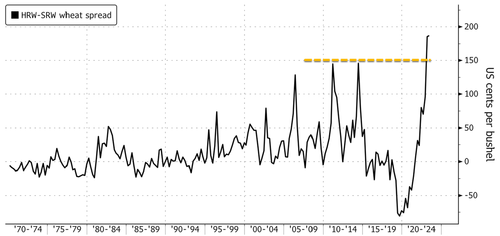
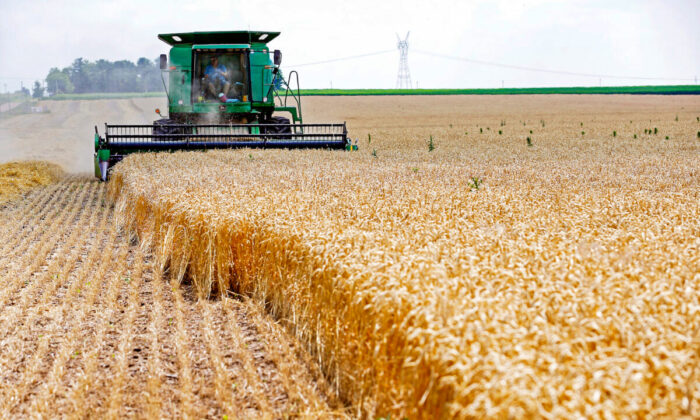
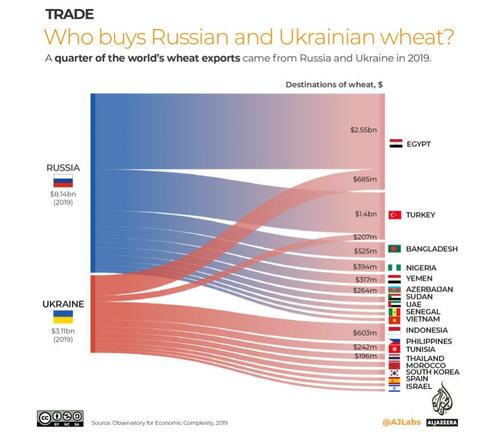

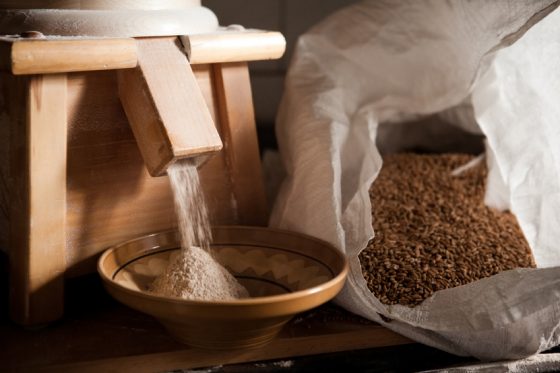
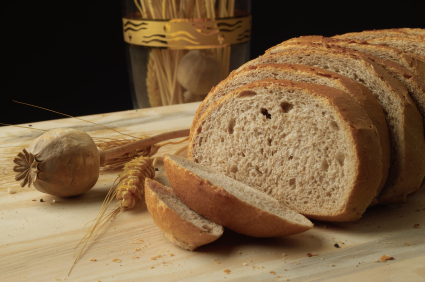 Who wants to be hungry, especially in a time of difficulty? Extra activity and stress can cause an increase in a person’s appetite. But whole wheat bread or other whole wheat foods can more quickly fill those ravenous and hungry stomachs.
Who wants to be hungry, especially in a time of difficulty? Extra activity and stress can cause an increase in a person’s appetite. But whole wheat bread or other whole wheat foods can more quickly fill those ravenous and hungry stomachs. 